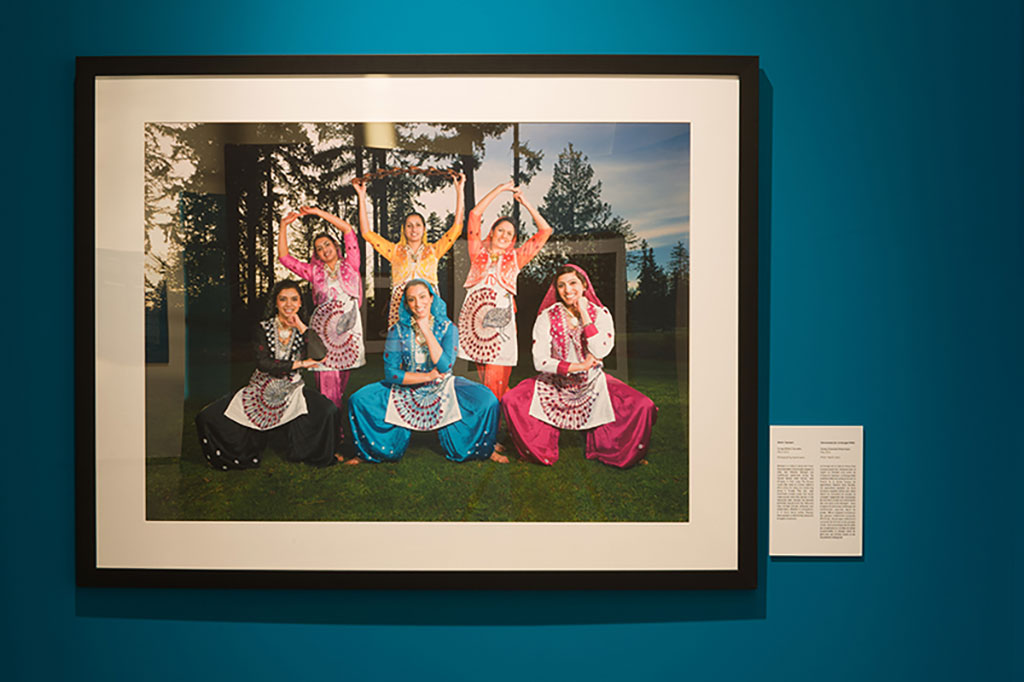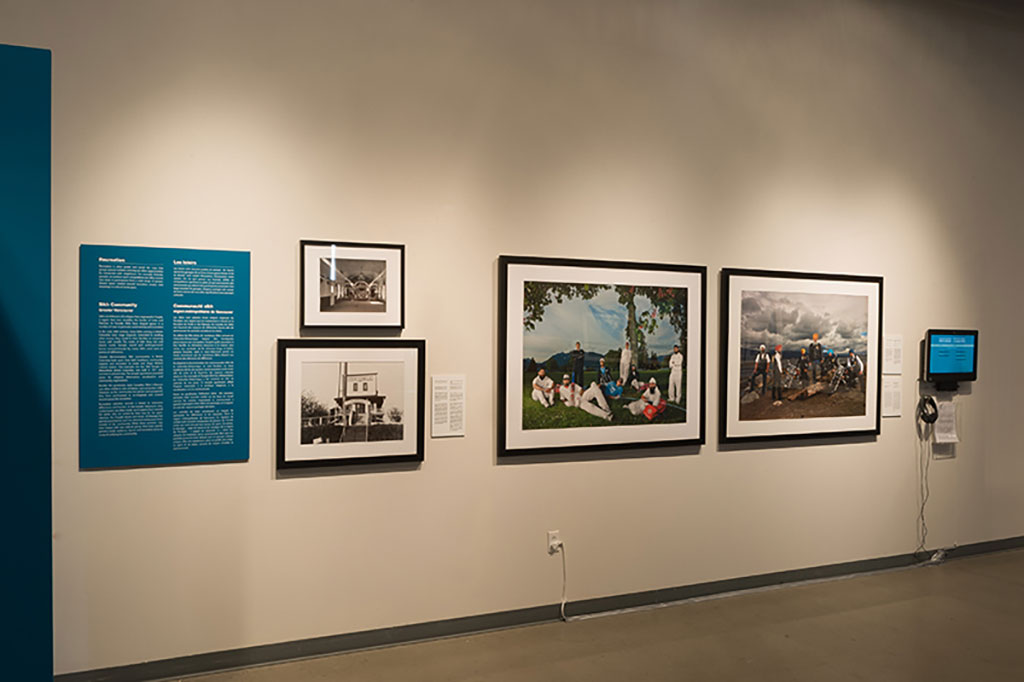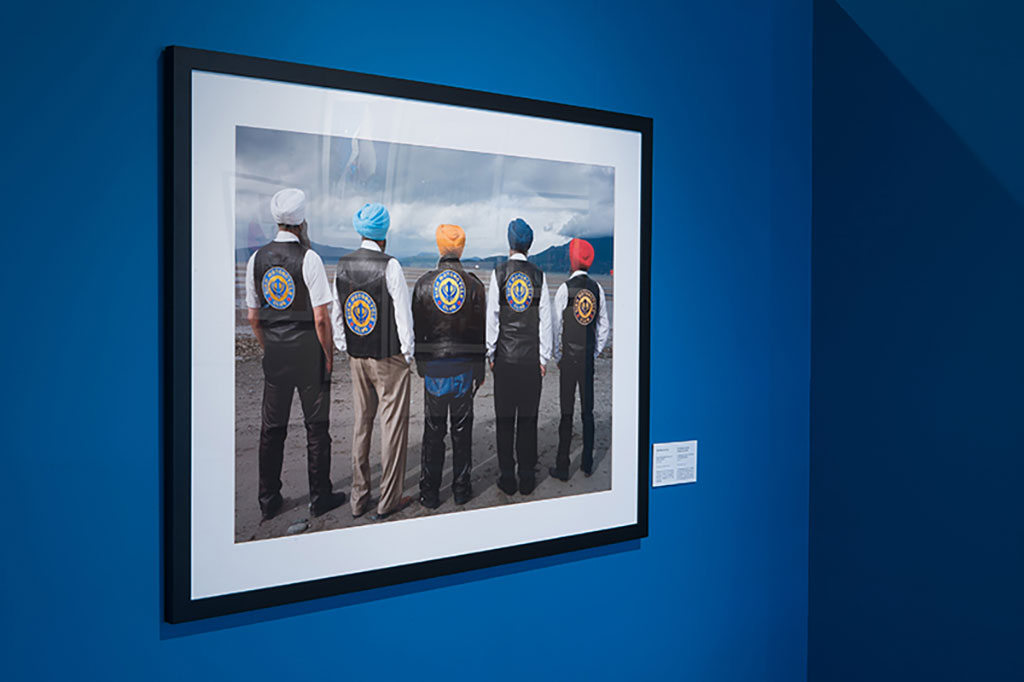by Steven Schwinghamer, Historian
(Updated January 28, 2022)
The fourth element of historical literacy identified by the Historical Thinking Project (www.historicalthinking.ca) is the analysis of causes and consequences. Sorting out causes and consequences is one of the most common sources of difficulty—and perhaps errors—in constructing histories. Causal relationships can be hard to establish properly, especially when they are rooted in an unfamiliar and complex past.
In our temporary exhibition, Shaping Canada: Exploring Our Cultural Landscapes, we examined how immigrant communities created and shaped cultural landscapes in Canada. We approached identifying and exploring cultural landscapes through a number of lenses, one of which was the way community leisure and recreation influenced public, shared spaces. In that context, we looked to the history of Sikh immigrants in Canada, whose creation of and participation in public spaces over the past century has resulted in complex and striking landscapes of cultural intersection.
Sikh communities in Canada share links to a complicated and highly conflicted Canadian immigration experience. Among the most significant historical milestones in their early immigration history is their battle with Canadian federal and provincial governments over the “continuous journey” requirement, which stated that any immigrant to Canada had to arrive by direct passage from their country of origin. This was generally impossible for immigrants from India. All the passenger routes from Indian ports included stops in other ports and usually changes in ships before the Pacific crossing to Canada. The law was implicitly a bar to immigration from India. This dispute reached its height in the refusal of the Komagata Maru. The ship arrived in 1914, carrying almost 400 Sikh passengers. The ship travelled from India, but stopped in Hong Kong en route. When the ship arrived at Vancouver, it was not allowed to dock. From 23 May until 23 July, the ship remained in Canadian waters. All but twenty of the passengers were refused arrival in Canada. Occasionally, the ship was even refused basic supplies such as food and water. Eventually, the vessel was compelled to leave Canadian waters and return to India.
Generally the “continuous journey” requirement and the refusal of the Komagata Maru are singled out as examples of West Coast racism in the early twentieth century. Can cause and consequence be so tidy in this case? Racism is an essential part of this story, but some important nuances are not evident without further examination. If we stop at race—and possibly congratulate ourselves on constructing a critical history that shows a really bleak moment in Canadian immigration and race relations history—we miss all sorts of other important forces at work. What about class? What about the fact that many Indians, like Canadians, were colonized British subjects? What about Punjabi and Indian politics of independence from the British Empire? What about how this relates to its contemporary environment of racialized pseudo-science?
I raise these questions to point to the fact that starting and stopping the conversation on a single cause and consequence is problematic, even if it is completely credible, valid and evidence-based. This is a common mistake in considering events in the past.
The other common error in approaching of the past is a defined logical fallacy, “post hoc ergo propter hoc”, which roughly means “after this therefore because of this”. The fallacy can be explained with an example: if you give your email address to a new retailer and then start receiving more junk, are the two necessarily linked? A prior subscription list might have coincidentally been sold around the same time. The timing alone is not an indication of causality.
Cause and consequence are rarely straightforward, and to deal with them fairly in the past, we need to assess an event or a person in the unique context of the past—not judge it in our modern milieu. This will bring us to our next concept of discussion: taking historical perspectives.
Some images of the Recreation section of Shaping Canada, featuring Naomi Harris’ contemporary portrait photography.




